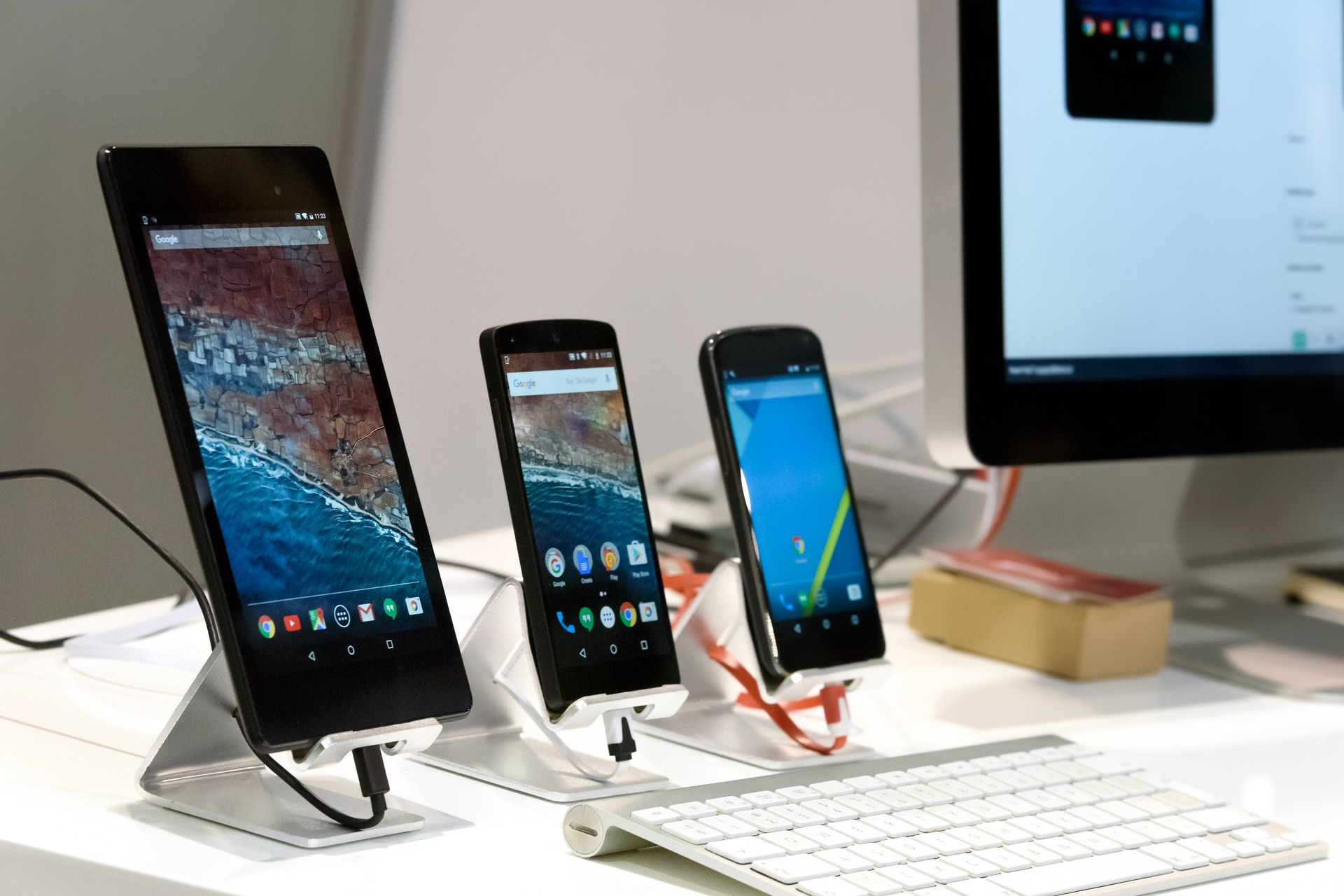What does your app get from a proper architecture?
Simplicity: Separate and define a clear single role for each component in your app. A class is not going to be a multi-tasking component. You will find it easy to know what it does and what is inside it.
Testability: Before we can apply Unit Tests, we have to write testable codes.
Low-cost maintenance: It is easy to add, and remove features. Especially, it helps us to keep track of important logic parts.


Android app development involves creating software for mobile devices that run on the Android operating system. As apps become more complex, it’s important to use architecture patterns to help organize and structure code in a way that is maintainable and scalable. It is essential to follow an architecture and design pattern that keeps all the components in our project separate, where each component has little or no knowledge about the others. This is especially important in big projects where things can get difficult, and the end result can be unmaintainable. It can also be challenging to test because many different parts depend on each other.
That’s why we have architecture patterns to make our project modular, where each component has a specific responsibility and modifications are possible without modifying other modules.

Model-View-Controller (MVC)
MVC is one of the oldest and most well-known architectural patterns. It separates the application into three distinct components: Model, View, and Controller. The Model represents the data and business logic of the application. The View represents the user interface. The Controller is responsible for managing the communication between the Model and the View.

Model-View-Presenter (MVP)
MVP is similar to MVC, but instead of the Controller, it uses a Presenter to communicate between the Model and View. The Presenter acts as an intermediary between the two and is responsible for handling user input and updating the View based on changes in the Model.

Model-View-ViewModel (MVVM)
MVVM is a relatively new architecture pattern that has gained popularity in recent years. It separates the application into three distinct components: Model, View, and ViewModel.
- The View is responsible for building our user interface and is the only part that users can interact with directly.
- The ViewModel object acts as an intermediary between the View and the Model, providing data for the UI components like fragments or activities. It also includes an observable data holder called LiveData that allows the ViewModel to inform or update the View whenever the data gets updated.
- The Model is responsible for fetching the data either from the local SQLite database or from a web service. The Repository is responsible for handling the data information, including where to get the data from, either a web service or the persisted data models. Room is an ORM provided by Google that provides an abstraction layer between the SQLite database and our data in the form of objects.
Overall, MVVM is a highly recommended architecture pattern for Android app development, as it allows for easier maintenance, scalability, and testing of code.
Choosing the right architecture pattern for your Android application can be a challenging task. Each pattern has its advantages and disadvantages, and selecting the right one depends on the specific requirements of your application. By understanding the different architecture patterns available, you can make an informed decision that will help you create a well-structured and maintainable Android application.
At Ototbit Private Limited, we go above and beyond for our clients by providing Android Architecture services. We understand the importance of building a solid foundation for any mobile application, which is why we offer this service as part of our commitment to delivering high-quality products. Our experienced team of Android architects works closely with our clients to design and implement the best possible architecture for their specific needs. By utilizing our free Android Architecture service, our clients can rest assured that their mobile applications will be built with a scalable and maintainable structure, ensuring a smooth development process and a successful launch. We take pride in our dedication to our client’s success and look forward to helping you bring your next project to life.
About the Author
I’m an Android developer currently working as an intern at Otobit Private Limited. I design and build mobile applications for Android using Kotlin. As an intern, I’m constantly learning and developing my skills under the guidance of experienced Android developers. It is always a pleasure for me to explore new technologies and techniques to enhance my ability to create innovative and user-friendly applications for Android.
Hiten Chandora





